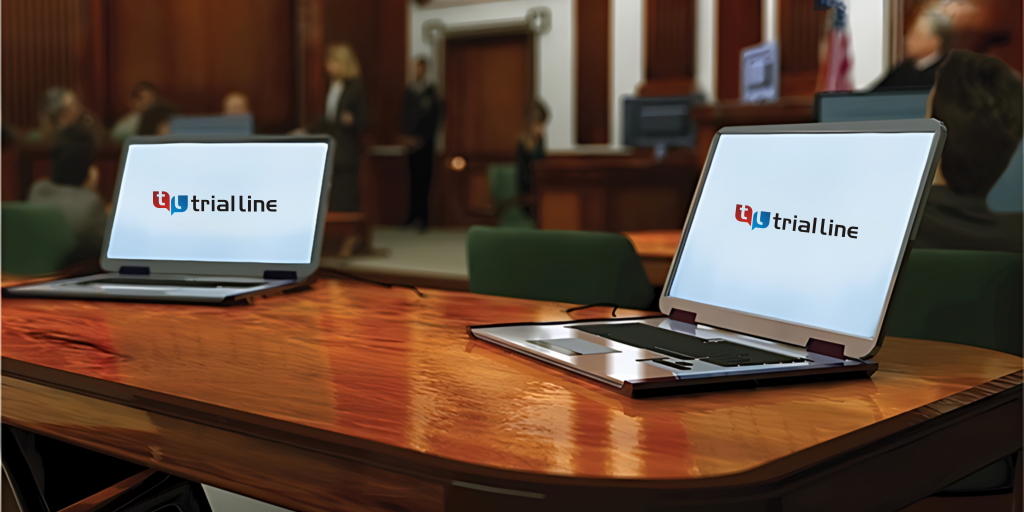Key Strategies for Creating Winning Trial Presentations in Court
Key Strategies for Creating Winning Trial Presentations in Court
Blog Article
Why Strong Test Presentations Are Key to Legal Success
The relevance of strong trial discussions can not be overstated in the realm of lawful practice. The subtleties of successfully adapting these discussions to diverse juror backgrounds present complexities that warrant additional exploration, specifically in the context of accomplishing desirable results in trials.
Relevance of Efficient Communication
Effective communication is extremely important in a legal setting, as it acts as the avenue through which disagreements, proof, and legal principles are conveyed to judges and juries. trial presentations. Clear articulation of facts and legal precedents enables for an influential presentation that can substantially affect the decision-making process.
Furthermore, efficient interaction cultivates rapport and count on between attorneys and their customers, improving cooperation and ensuring that all parties are lined up in their goals. It likewise plays a critical role in jury selection and engagement, where the capability to get in touch with jurors can affect their receptiveness to the situation. Furthermore, non-verbal interaction, such as body movement and eye get in touch with, adds to the general perception a lawyer makes, strengthening verbal messages.
Eventually, grasping effective communication can result in a more compelling and coherent discussion, raising the chance of a desirable judgment. Hence, attorneys need to prioritize developing their communication abilities as a foundation of their test preparation and strategy.

Crafting an Engaging Story
Reliable interaction prepares for crafting a compelling narrative in lawful tests. A well-structured story not just involves the court yet also clarifies complicated legal problems. The objective is to offer the realities in a means that reverberates emotionally and logically with the audience, allowing them to understand the case from the client's viewpoint.
To achieve this, attorneys should identify the central theme or message of the case, which works as the foundation of the story. Each piece of evidence and witness testimony should be woven into this style, enhancing it as opposed to taking away from it. This produces a cohesive storyline that is easy for the court to adhere to.
In addition, using relatable personalities-- be it the plaintiff, accused, or key witnesses-- can humanize the case, making it much more unforgettable. Attorneys must additionally take into consideration the pacing of their story, guaranteeing that defining moments are highlighted and that the tale unravels in a rational progression.
Inevitably, an engaging narrative changes the presentation of facts into an influential disagreement, directing the jury towards a positive conclusion while guaranteeing that the complexities of the legal system continue to be easily accessible and reasonable.
Utilizing Aesthetic Aids
Aesthetic aids play an essential role in improving the comprehension and retention of info during lawful trials. By providing complex information and debates visually, attorneys can simplify intricate details, making them much more accessible to jurors. Graphes, graphs, and photos can successfully illustrate crucial points, enabling jurors to comprehend important realities rapidly.
Making use of visual aids not just help in clearness yet likewise involves the audience's interest. Jurors are much more most likely to keep in mind details presented visually than through verbal descriptions alone. Showing timelines via visual depictions can clarify the sequence of occasions, helping jurors understand the context of the situation.
In addition, aesthetic aids can help to highlight variations in evidence, making them extra pronounced. When used strategically, they can underscore the stamina of the disagreement or reveal weak points in the rival side's instance. trial presentations. Using innovation, such as interactive discussions or computer animations, can better enhance engagement and understanding
Engaging the Jury Emotionally
Frequently, successful trial presentations need greater than just rational disagreements and accurate evidence; they should link also resonate on an emotional degree with jurors. Involving the court psychologically can dramatically affect their assumption of the situation and their utmost decision. By crafting a narrative that humanizes the parties involved, lawyers can develop a psychological link that motivates jurors to feel sorry for the clients' experiences.
To attain this, legal representatives should concentrate on storytelling strategies that highlight the individual stakes and real-life implications of the case. This might include sharing poignant anecdotes or making use of effective visuals that evoke feelings of compassion, rage, or unhappiness. Such elements can help jurors see past the legal complexities and recognize the human dimensions of the circumstance.
Additionally, the use of tone, body language, and eye get in touch with during the presentation can better improve psychological engagement. Thus, psychological engagement is a vital component of a compelling test presentation.
Adapting to Target Market Assumptions
Comprehending the assumptions of the court is important for an effective trial presentation. Jurors featured preconceived concepts affected by individual experiences and societal narratives, which can dramatically impact their decision-making. Customizing your discussion to align with these expectations can improve your convincing power.

Moreover, developing reliability is extremely important. Jurors expect attorneys to existing evidence and disagreements that are not just compelling however additionally ethically seem - trial presentations. This consists of being transparent regarding the staminas and weaknesses of your instance, which promotes trust fund and regard
Lastly, expect jurors' concerns and worries. Resolving potential doubts proactively demonstrates an understanding of their perspective and a commitment to clarity. By adapting your presentation to fulfill target market assumptions, you develop an even more click to find out more engaging story, eventually improving the possibilities of a positive decision.

Verdict
Finally, solid test presentations are critical to achieving legal success. Reliable interaction, a compelling narrative, critical usage of visual aids, emotional involvement with the Visit Website court, and adaptation to audience assumptions collectively enhance juror understanding and retention of critical details. These aspects not only develop the credibility of the here and now celebration but also dramatically affect juror perceptions and decision-making. Therefore, grasping the art of trial discussion is vital for legal experts intending to protect favorable end results.
Report this page